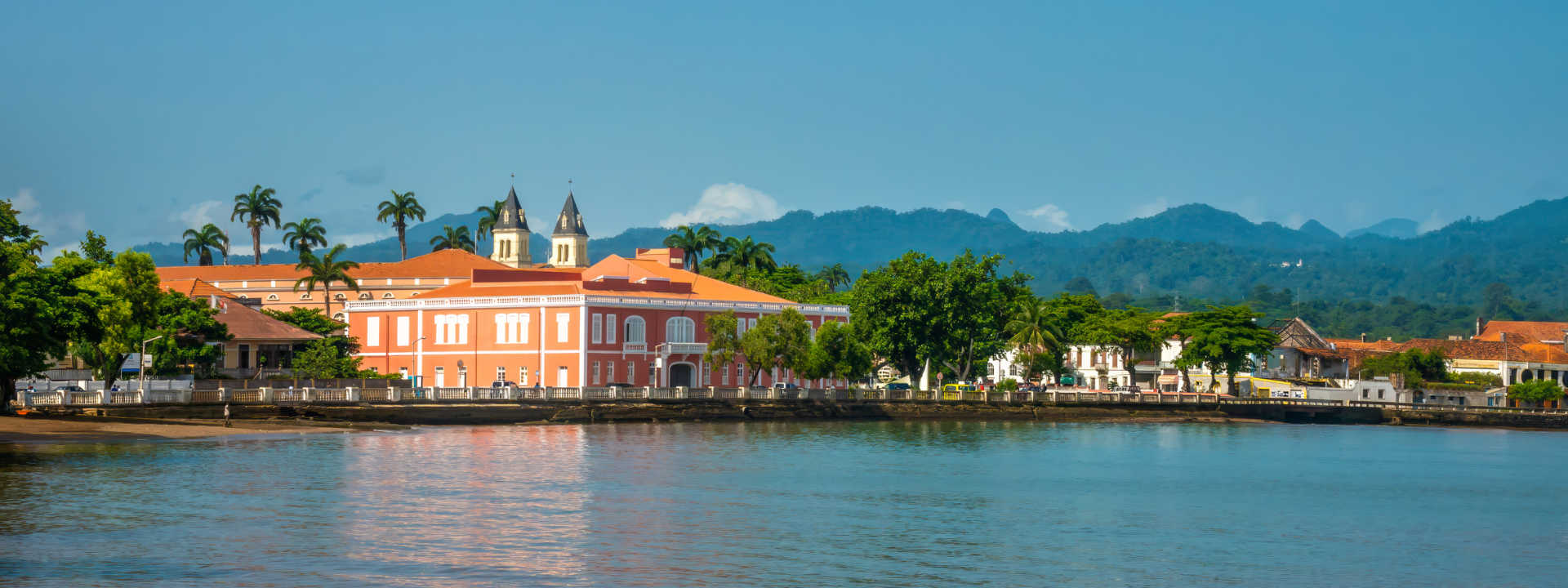
Like many of our African destinations, São Tomé & Principe offers a different twist on your average holiday. Despite its small size, it makes for a perfect short tropical getaway or perhaps part of an extended trip, combined with one or more of its mainland African neighbours. Jim O’Brien, our MD has recently returned from a trip there with his teenage children and says:
“Rarely have I been somewhere quite so idyllic. The country is blessed with gorgeous beaches and a thickly forested interior, home to endemic species, and turtles come to lay their eggs on the beaches – we were lucky enough to see this twice while we were here, once on the beach of the hotel where we stayed.
With short distances it was an easy and relaxing trip – we explored the atmospheric Portuguese plantations, home to grandiose architecture slowly returning to the earth, took boat trips through mangroves, tried our hand at surfing (badly), hiked along the coastline and visited the tiny capital, barely bigger than a small market town in the UK. Fruit bats emerged from the palms outside our rooms, we sampled some of the island’s renowned chocolate, and took a boat ride to even smaller Rolas Island, directly on the equator.”
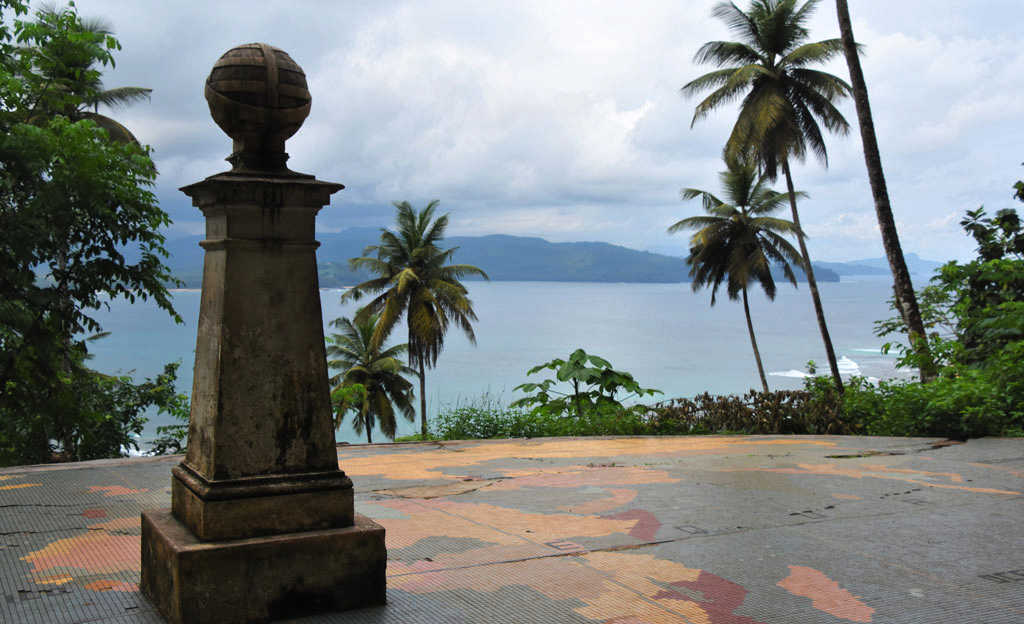
São Tomé & Principe can be explored in less than a week if you’re pushed for time, or ideally longer if you want to visit both islands and take a more relaxed approach. Most nationalities can visit the islands for 15 days without a visa.
As a Portuguese colony up until the 1970s, this country is rich in architecture from this period, and its natural beauty is also remarkable, from black sand, palm-fringed beaches to lush forested mountains. You can expect few people to speak English, but most will speak Portuguese as well as Forro, a Creole language based on Portuguese, so learning some basic phrases may be helpful in more remote parts of the island.
Where is São Tomé & Principe?
This tiny island nation is in the equatorial Atlantic and Gulf of Guinea, less than 200 miles from Gabon. The two islands, São Tome and Principe are part of the same nation. Their capital city is the town of São Tome – Portuguese for Saint Thomas – which was founded in the 15th century, making it one of Africa’s oldest colonial cities.
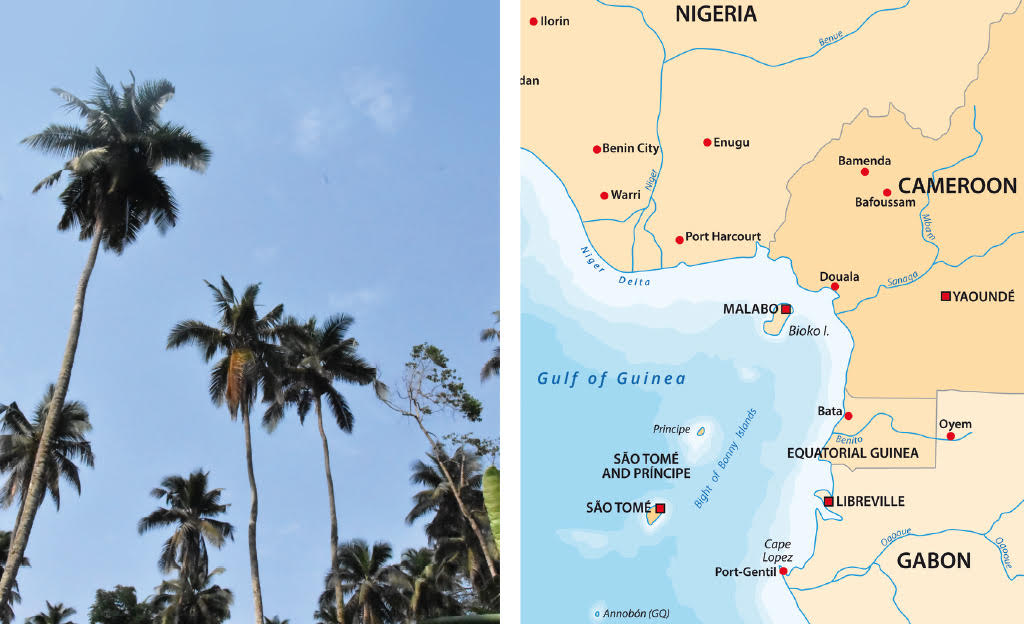
What are the islands like?
São Tomé & Principe are both covered in extensive forest, with mountains and highlands throughout, stunning yellow-sand beaches and azure blue waters, as well as contrasting black volcanic sand beaches and cliff faces. The main island of São Tome is 30 miles long and 20 miles wide and the more mountainous of the pair. Both are home to endemic species, particularly birds.
When should I travel to São Tomé & Principe?
Our São Tomé Explorer small group tours run twice a year, in January and July when the weather is drier than in other parts of the year. São Tomé & Principe are situated pretty much on the equator, and you should expect temperatures of around 25°C or higher during these months, as well as high levels of humidity. Pack light, breathable clothes, as well as lighter colours to deter mosquitoes. We can also arrange tailor-made private tours. Ask us for more information on group or private trips.
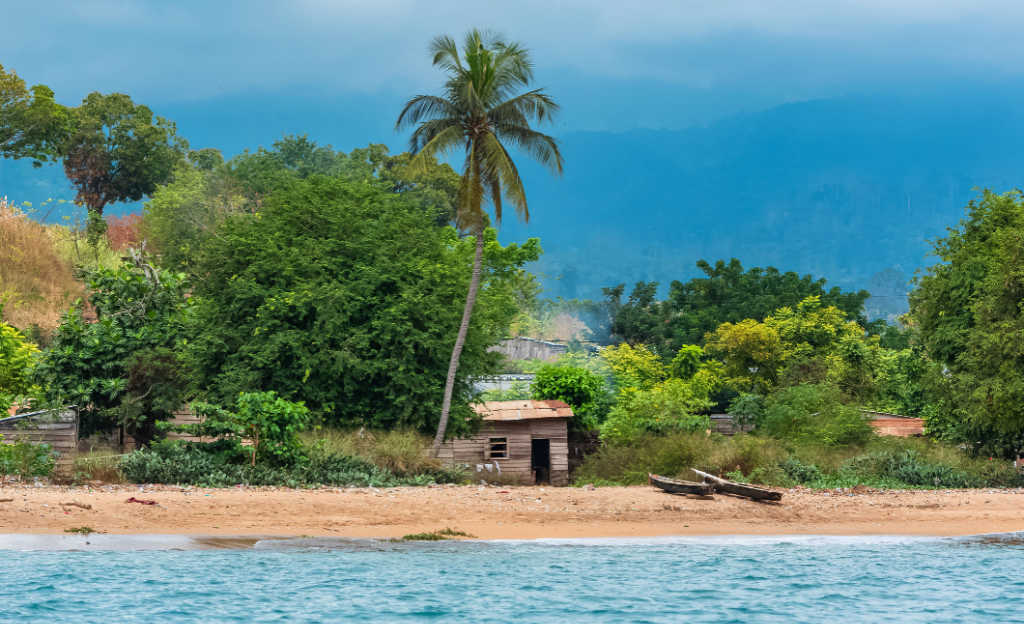
How to travel to São Tomé & Principe
There are regular flights to São Tomé from Lisbon; it’s not well connected to other European or Western countries.
History, colonisation & independence
Before the Portuguese arrived in the 15th century, São Tomé was uninhabited, but soon afterwards colonisation began and settlements began to emerge on the coast. The island nation soon became home to slaves from parts of central Africa who were brought to Portuguese plantations to farm cocoa, coffee and other tropical crops.
Today these plantations have become homes and villages for the descendants of slaves and ‘contract workers’, who farm the land and sell their crops to local cooperatives. The islands are now home to a mixture of European descendants and Angolares and other Creole descendants.
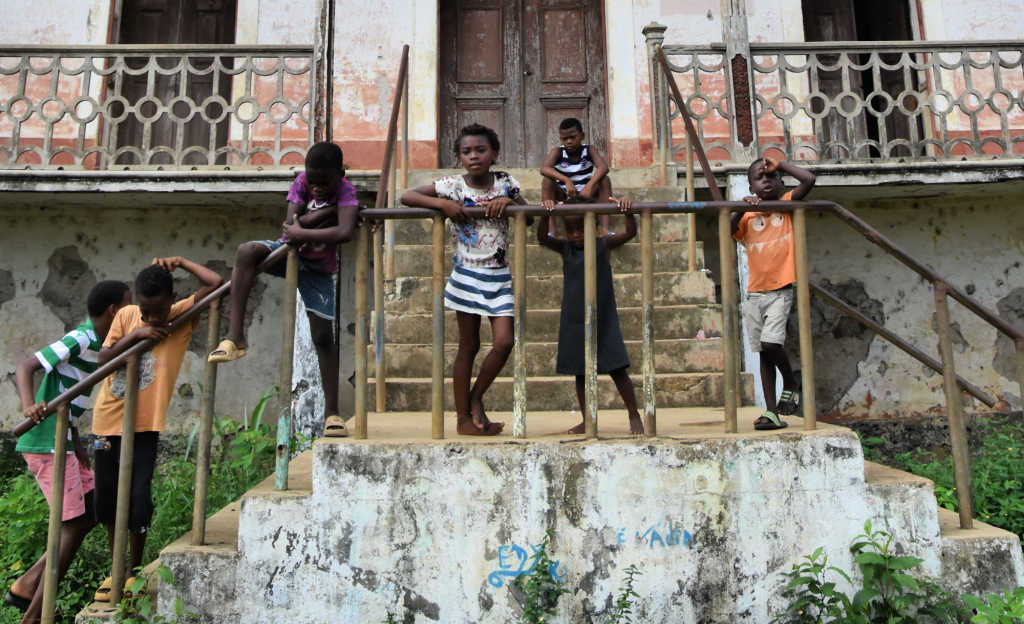
São Tomé & Principe gained independence on 12th July 1975, when the Portuguese colonial regime collapsed, and after some persistence from the locals. Despite its small size, today São Tomé & Principe grows and exports lots of everyday commodities such as coffee and cacao, which make up a great part of its economy. It is also a relatively common holiday destination for Portuguese people, and increasingly other nationalities are starting to discover its charms as well.
Places to visit in São Tomé – a travel guide
Jim’s photos from his recent trip showcase the tropical landscapes of São Tomé and its colonial past.
The North Coast
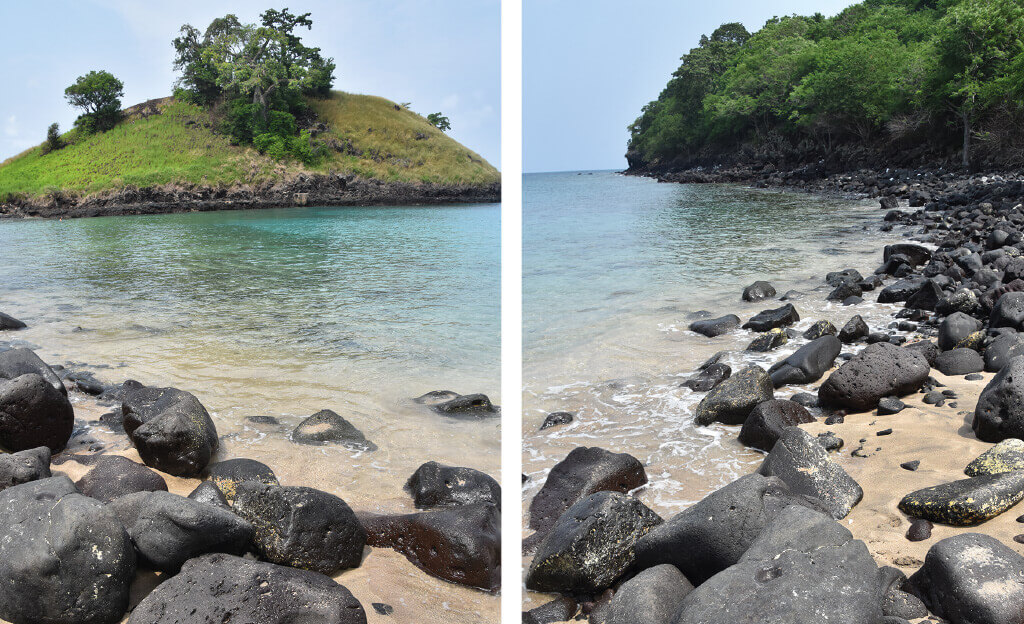
A 30-minute drive from the capital are some of the best beaches in São Tome, and with dry open savannah-like plains scattered around, it can almost feel like you are in a different country. This part of the island is also a good place to spot some of São Tome’s endemic bird species, and you can also snorkel in the clear blue waters of Lagoa Azul – the blue lagoon. The north coast is also lovely for beach hopping to find the perfect sandy oasis for your taste.
Colonial Plantations
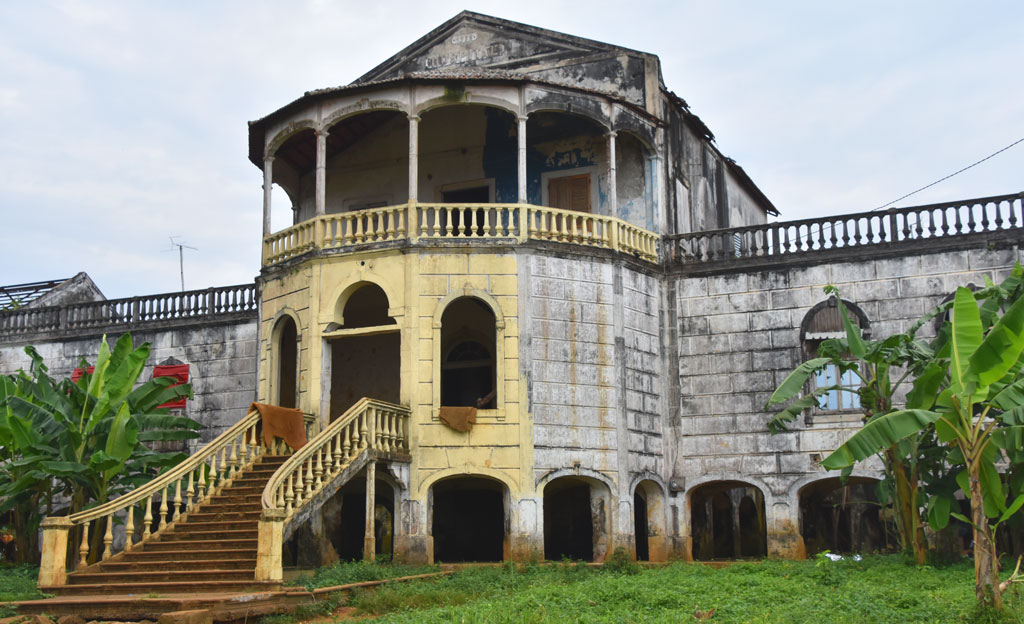
As a former Portuguese colony, São Tomé has an array of historic colonial buildings dotted around its islands. The most grandiose were previously homes for plantation owners, and some of them have their own churches and chapels, with simple homes for the workers on the grounds. The largest is Roca Agostinho Neto, but one of the most impressive is at Agua Ize, almost village-like in its layout and with an old hospital on the grounds, now slowly decaying. The plantations were abandoned when São Tomé gained its independence but the workers stayed, making their homes amidst the once impressive houses and processing buildings – now somewhat overgrown but still a spectacle to behold.
Obo National Park
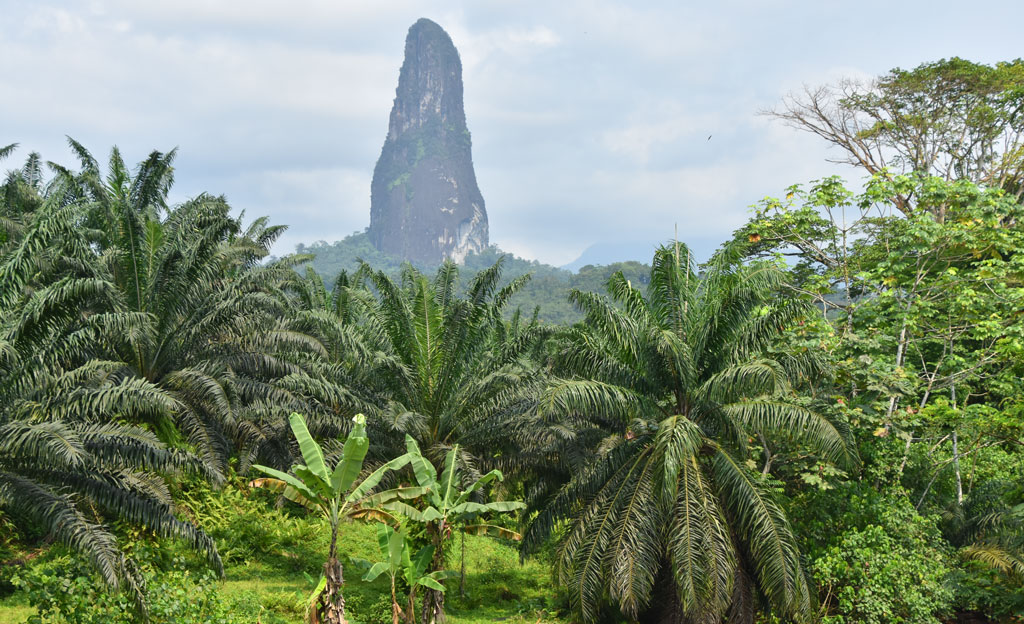
Located centrally on the island of São Tomé, and home to Pico Cao Grande, a volcanic rock formation 3.5 million years old that points like a finger into the sky, this park is full of hiking trails leading to waterfalls, rivers and Lago Amelia – ostensibly the source of many of the island’s rivers. Making up around a third of São Tome, this national park is home to many endemic species as well as some spectacular viewpoints of the forest and Pico Cao Grande.
Sao Tomé Town
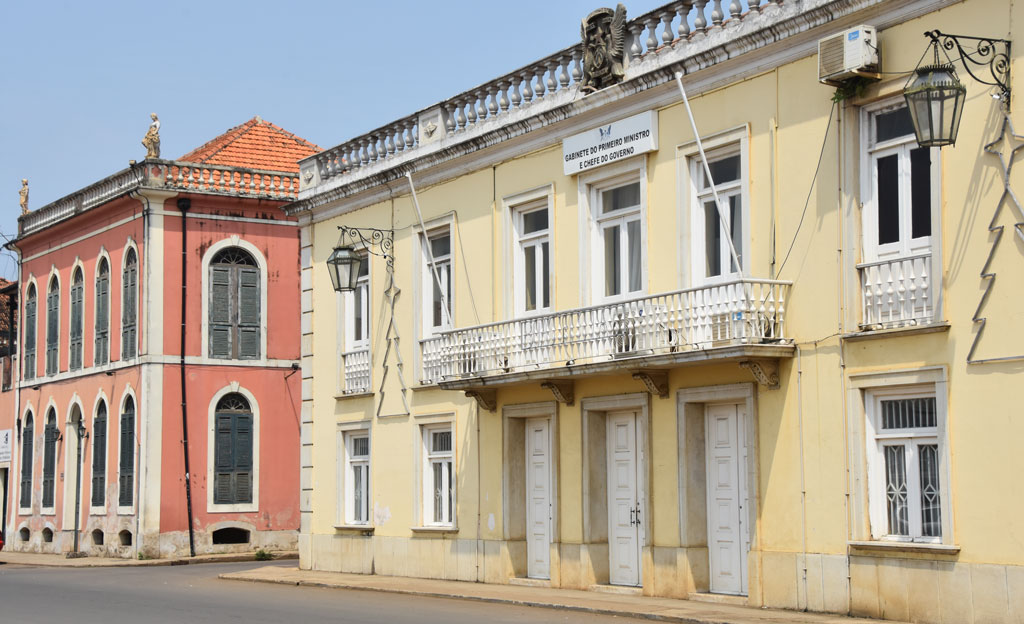
This is one of Africa’s smallest capital cities, with a laidback feel more that of a large village and no skyscrapers. One of the safest cities on the whole continent, it’s home to a range of architecture from modern to colonial and also houses the National Museum, in the old Portuguese fort of São Sebastian.
Being on the coast, the capital has busy beaches where locals come to relax at the weekend, as well as bustling markets in the centre, taking over several streets. Its cathedral is reputedly the oldest in Africa, although it’s been rebuilt extensively since the 15th century. With a couple of squares flanked by old Portuguese buildings, Sao Tomé Town is a good place for people-watching.
Praia Inhame
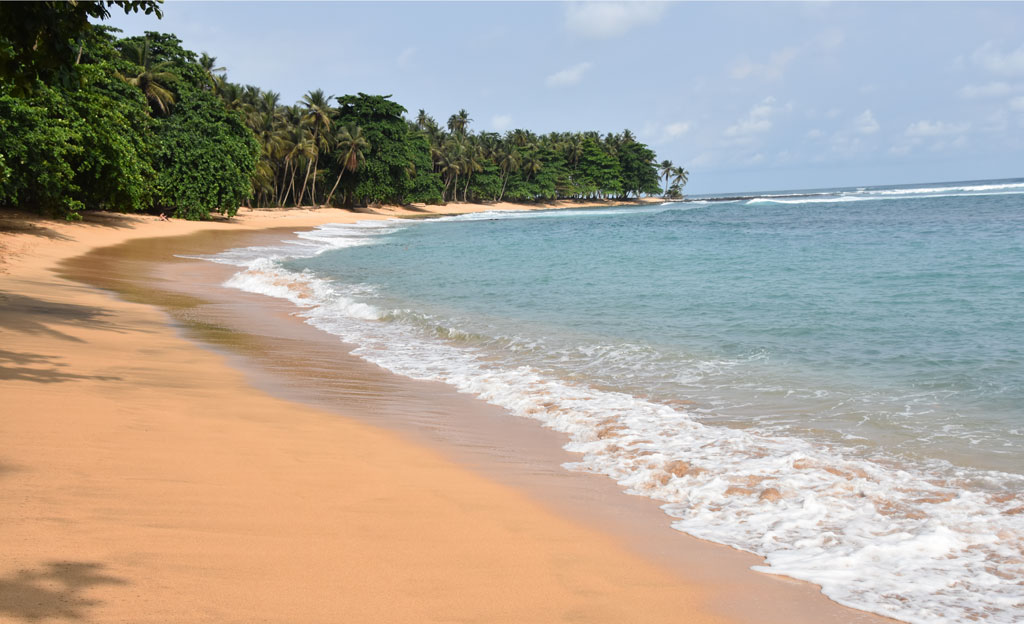
The south coast offers some decent places to stay, surrounded by tropical forest and golden sandy beaches where several turtle species come to lay eggs during the night – at Praia Inhame, where we stay on our trips, this is a regular occurrence. Further along the coast, the nearby beach of Praia Jale is also excellent for this – look out for the giant leatherback turtles, which can measure more than two metres in length.
Once the sun rises in the morning, you’re greeted by birdsong and the gentle crashing of waves. You can spend the day relaxing or exploring the nearby forest or beaches – it doesn’t come much closer to paradise than this.
Rolas Island
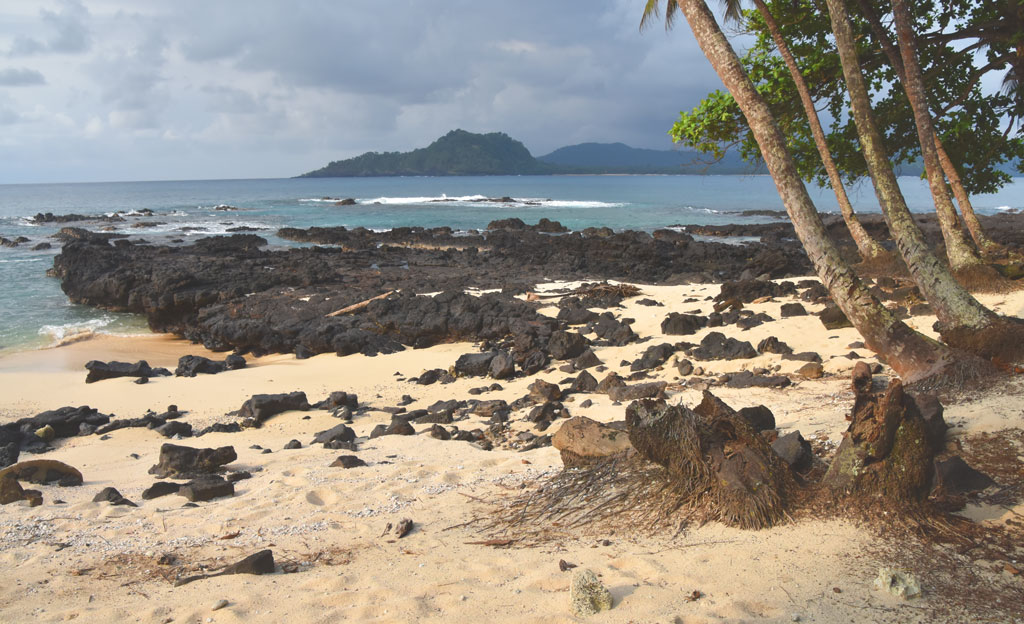
A 20-minute boat ride from Praia Inhame, Rolas Island straddles the equator. To appreciate it fully, you need a day to explore its thick forest, wander along its idyllic beaches and walk up to the equator marker. The island is also home to a very small population of around 200 and has a bar where you can enjoy a cold drink looking out over the ocean and locals cooking traditional Santomean meals on the beach.
São Tomé & Principe travel next steps
Whether you’d like a first taste of tropical Central Africa or simply looking for a short tropical getaway, talk to us about holidays in Sao Tomé. And for more details on our tours, see our Sao Tomé Explorer, which runs in January and July.
Other blog posts you might enjoy
An Equatorial Guinea Travel Guide
Central Africa Tours & Travel
Best Small Group Tours
West Africa Holidays for First Timers
Senegal – A Pictorial Journey
Best Cultural Festivals in Africa


